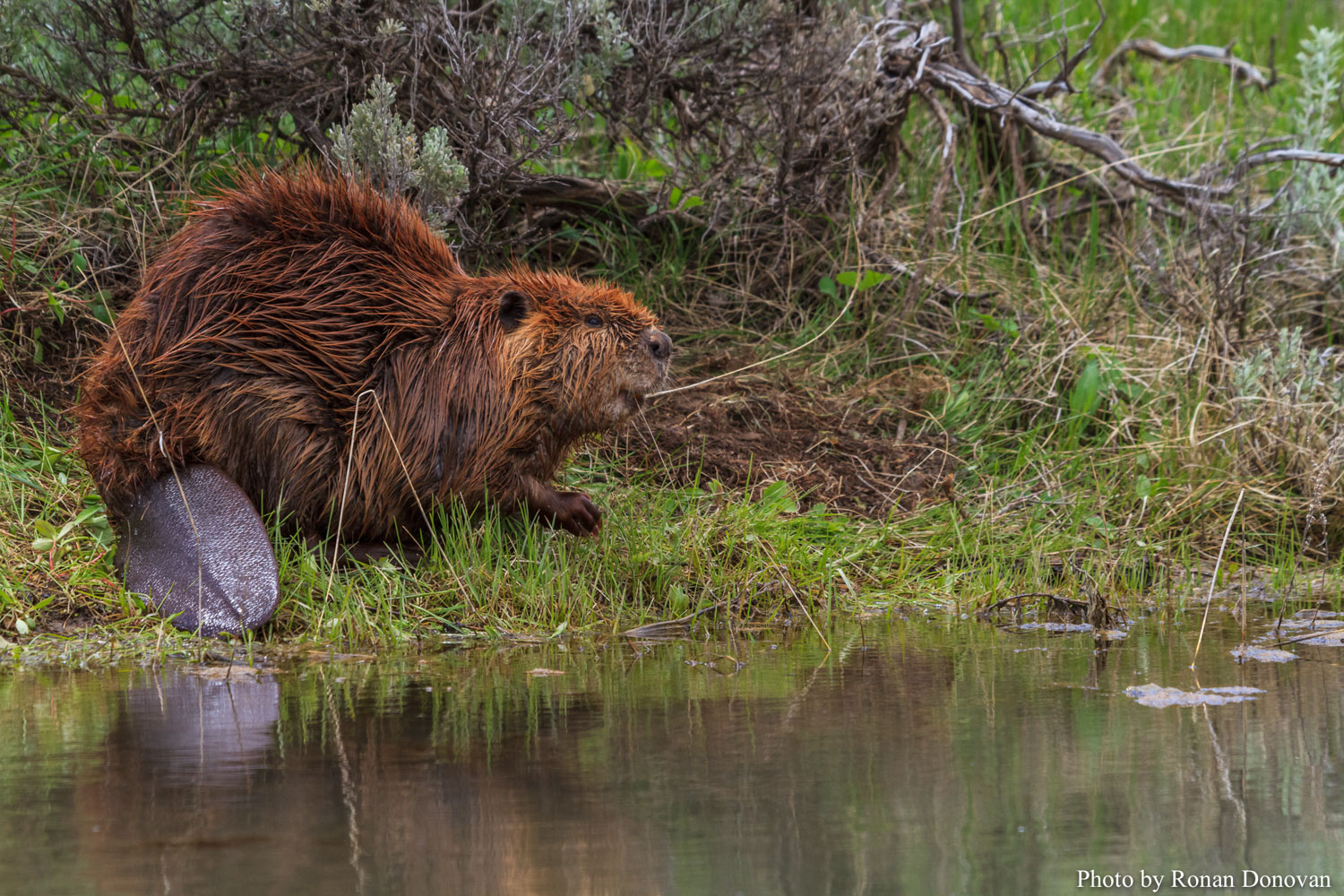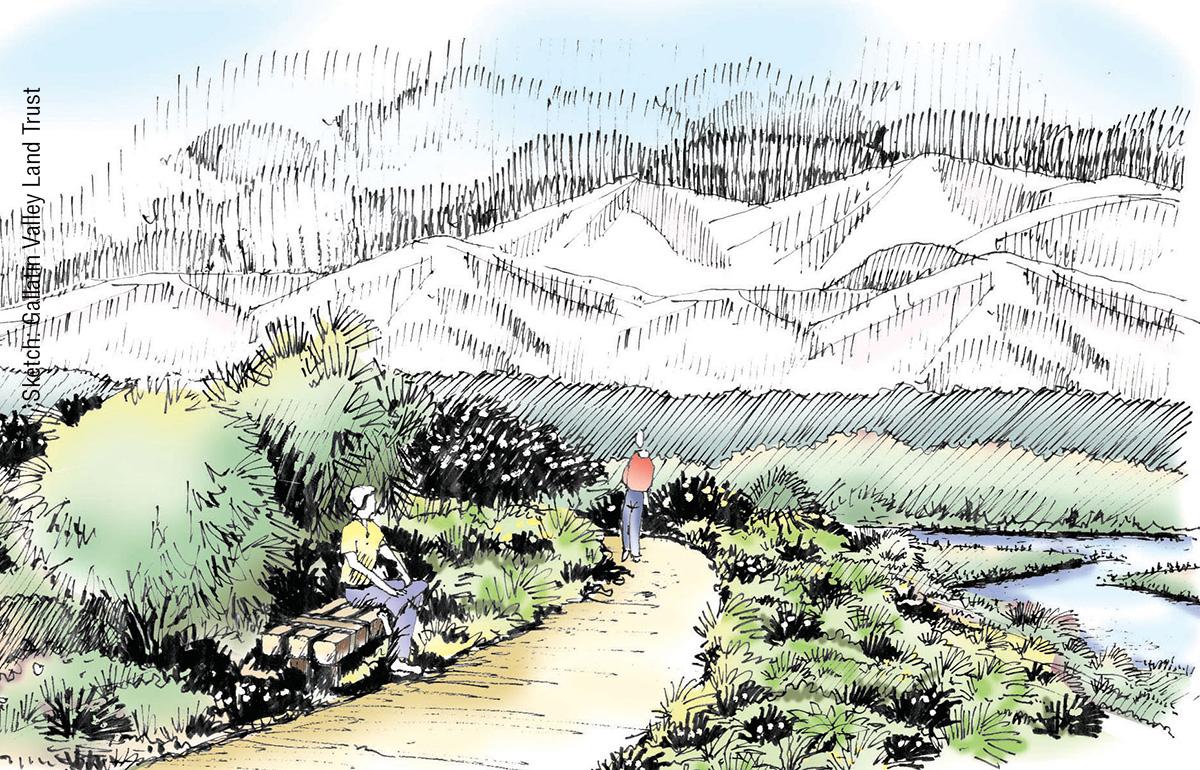Why Wetlands?

Where have all the wetlands gone?
National wetland policy, under the Clean Water Act, requires that when wetlands are destroyed, they must be replaced or restored elsewhere; a process known as “mitigation.” Why aren’t we seeing this in the Gallatin Valley? Where did all the wetlands go? Unfortunately, many of this valley’s wetlands have been lost to development. As it stands, the lion’s share of mitigation for our destroyed wetlands are replaced in a private “wetland bank” that is in a watershed outside the Gallatin Valley. Whenever this happens, our community forever loses these critical natural resources.
Sacajawea Audubon Society’s goal is to contribute to wetland conservation in the Gallatin watershed by establishing a “wetland bank” at IAWP for these three reasons:
Economical – Creating a financial incentive for restoring, creating, enhancing and/or preserving local wetlands, and returning funds spent on mitigation to the impacted community.
Ecological – Restoring and enhancing critical wetland functions of wildlife habitat, soil quality and water quality. This will occur locally, for the benefit of the surrounding area.
Educational – Demonstrating methods to restore ecological function to wetlands and develop mitigation programs provides countless educational opportunities to learn about wildlife, conservation, and wetlands.
Beavers and their Importance on the Landscape
- Beavers historically occupied nearly all watersheds in North America.
- Trapping for European interests decimated beaver populations to small isolated areas.
- Many species of riparian area plants that co-evolved in the presence of beavers also suffered in the absence of beaver activity.
- Many river systems experienced major geomorphological changes in structure with the loss of beaver dams, and associated woody material in the stream course.


Birds & Other Wildlife
Wetlands represent approximately 2% of the surface area in Montana, yet 50% of all animal species utilize wetlands

Water Resources

